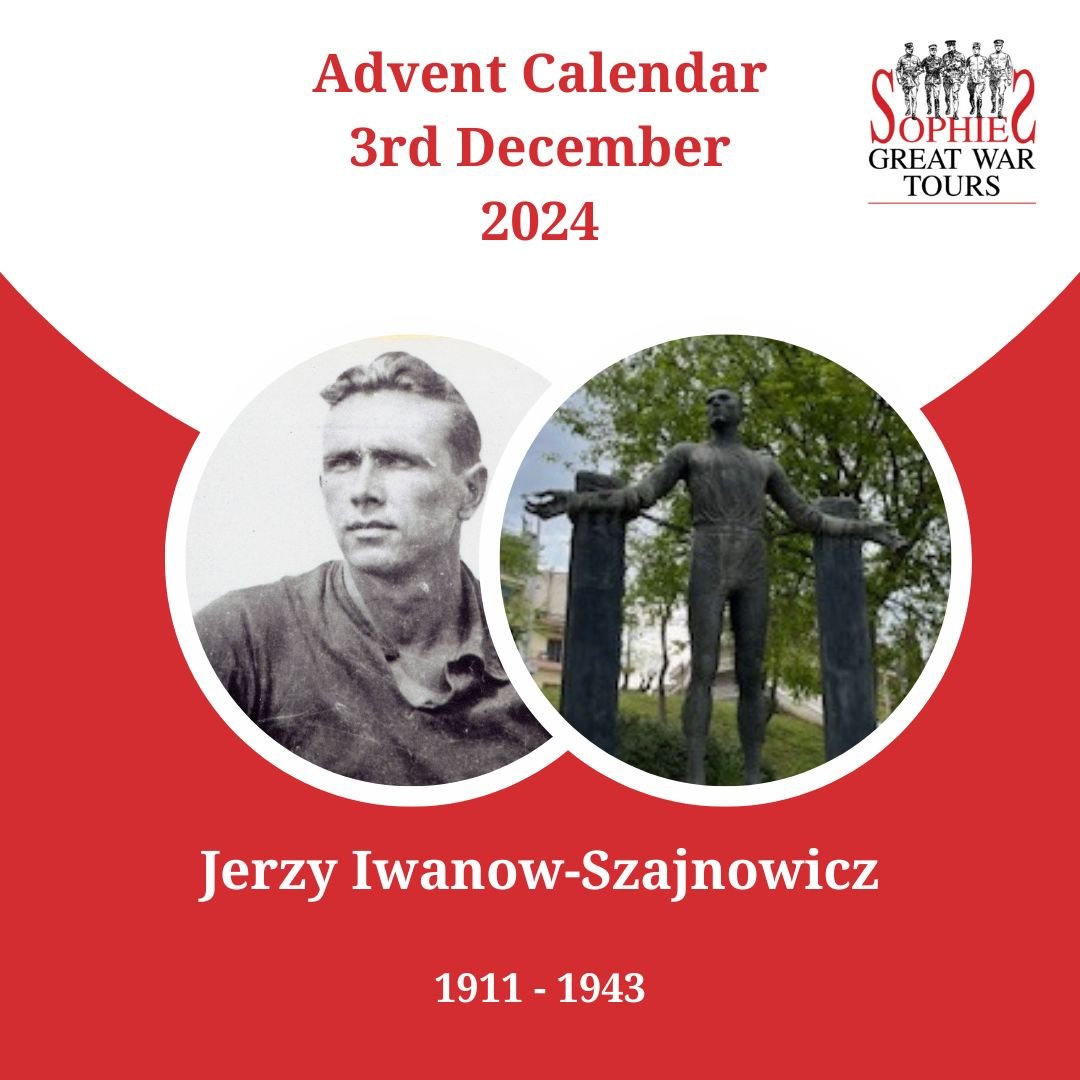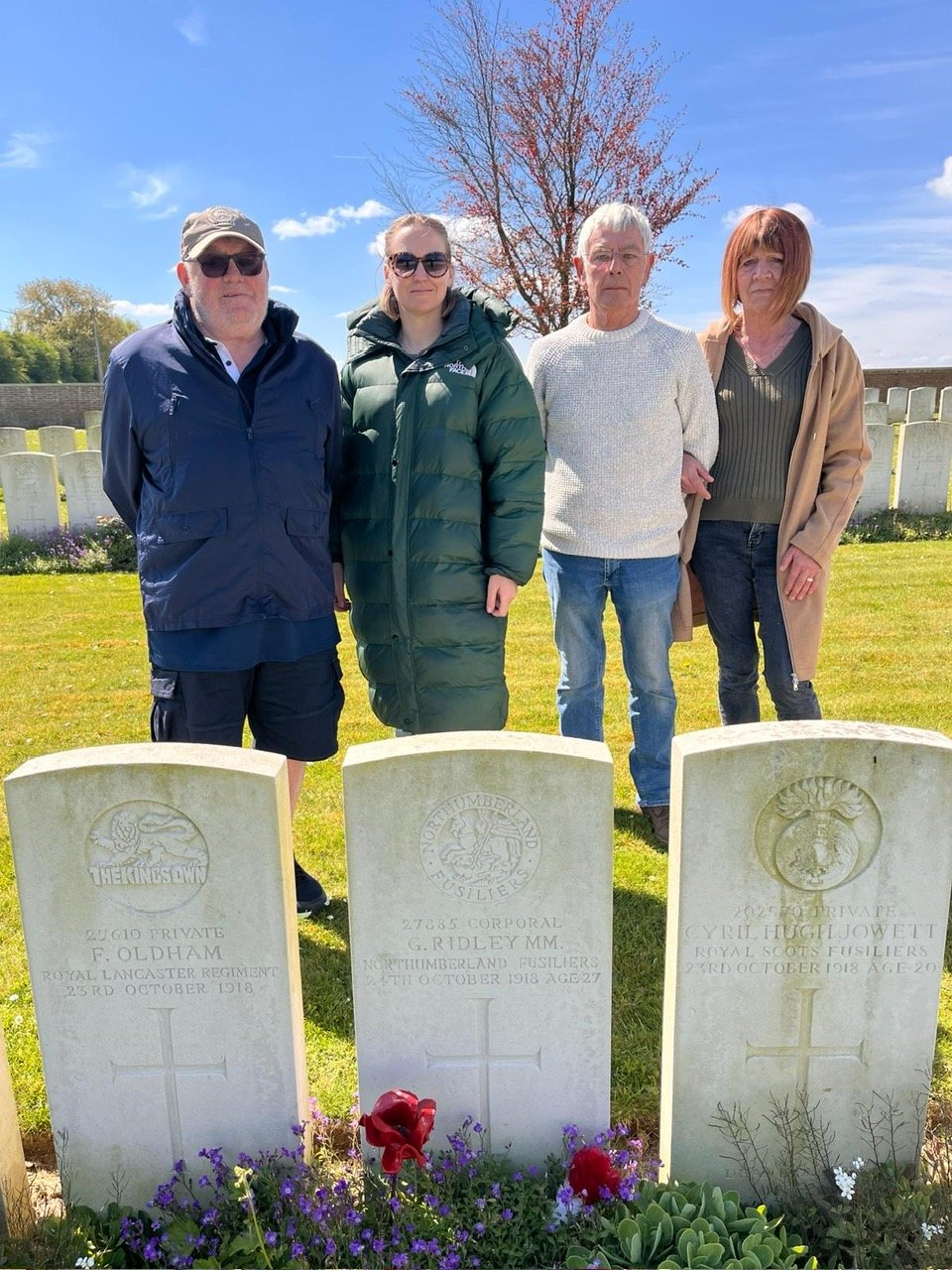On Day 4 of our advent calendar we have chosen to focus on another extraordinary man, one that is part of an extremely exclusive club.
Noel Chavasse is one of only 3 men in the world ever to receive the Victoria Cross, twice!
Noel was the younger of identical twins, their father being the Rev Francis Chavasse, later the Bishop of Liverpool. The Chavasse family were from Oxford, but when the Anglican Bishopric of Liverpool became an available post and awarded to Noel’s father, they all moved.
Noel returned to Oxford to study medicine at Trinity College but he was also a great sportsman, eventually competing for Great Britain at the 400m at the Olympics.
In January 1909, Noel joined the Oxford University Officers' Training Corps Medical Unit. By the following May, he was promoted to lance-sergeant. Noel finished his studies at Oxford in July 1909 and returned to Liverpool to continue his studies there.
On 22 July 1912, he registered as a doctor with the General Medical Council. In early 1913, after discussions with some of his fellow doctors, Chavasse applied for and was accepted by the Royal Army Medical Corps (RAMC).
Once over on the Western Front, Chavasse was awarded the Military Cross for gallantry at Hooge, Belgium in June 1915. He was promoted to Captain on 1 April 1915 amd later in the year was Mentioned in Despatches.
Chavasse was first awarded the Victoria Cross for his actions on 9 August 1916, at Guillemont on the Somme when he attended to the wounded all day under heavy fire. The full citation reads:
For most conspicuous bravery and devotion to duty.
During an attack, he tended the wounded in the open all day, under heavy fire, frequently in view of the enemy. During the ensuing night, he searched for wounded on the ground in front of the enemy's lines for four hours.
The next day, he took one stretcher-bearer to the advanced trenches and, under heavy shell fire, carried an urgent case for 500 yards into safety, being wounded in the side by a shell splinter during the journey. The same night, he took up a party of twenty volunteers, rescued three wounded men from a shell hole twenty-five yards from the enemy's trench, buried the bodies of two officers, and collected many identity discs, although fired on by bombs and machine guns.
Altogether, he saved the lives of some twenty badly wounded men, besides the ordinary cases that passed through his hands. His courage and self-sacrifice were beyond praise.
Chavasse's second award was made during the period 31 July to 2 August 1917, at Wieltje, Belgium; the full citation reading:
His Majesty the KING has been graciously pleased to approve of the award of a Bar to the Victoria Cross to Capt. Noel Godfrey Chavasse, V.C., M.C., late R.A.M.C., attd. L'pool R.
For most conspicuous bravery and devotion to duty when in action.
Though severely wounded early in the action while carrying a wounded soldier to the Dressing Station, Capt. Chavasse refused to leave his post and, for two days, not only continued to perform his duties but, in addition, went out repeatedly under heavy fire to search for and attend to the wounded who were lying out.
During these searches, although practically without food during this period, worn with fatigue and faint with his wound, he assisted in carrying in a number of badly wounded men over heavy and difficult ground.
Through his extraordinary energy and inspiring example, he was instrumental in rescuing many wounded who would have otherwise undoubtedly succumbed under the bad weather conditions.
This devoted and gallant officer subsequently died of his wounds.
Chavasse is buried Brandhoek New Military Cemetery close to the centre of Ypres.
It is always something to see a Victoria Cross on a headstone. You know instantly that the individual you are stood by did something extraordinary. To see two crosses is quite a wow moment. It is also quite difficult to read the citations as you stand next to Noel’s final resting place. He clearly was an incredible human being, devoted to the wellbeing of others.
It is my belief that given Noel’s expertise in infection and immunology, he knew just how important was for soldiers to be off the battlefield and wounds kept clean. I think this is what drove him to keep going out to recover men.
Visit Brandhoek New Military Cemetery
If you’d like to visit the places that Noel served and pay your respects at his graveside, contact a member of the team today: sophie@sophiesgreatwartours.com


















